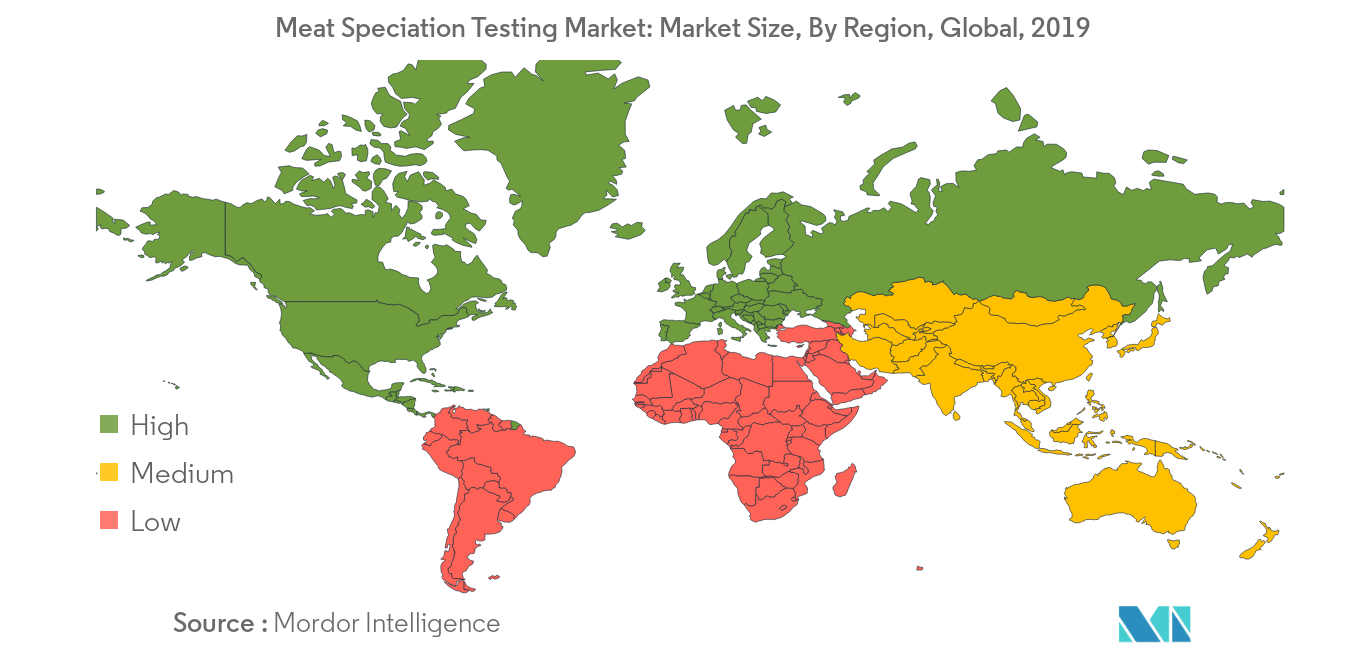Market Trends of Global Meat Speciation Testing Industry
This section covers the major market trends shaping the Meat Speciation Testing Market according to our research experts:
Increase in Meat Production
According to the USDA, the global production of pork amounted to about 114.59 million metric ton in 2019. The production is increasing, owing to the demand for processed and packaged meat. With the rise in demand, the consumers are also aware of the adulteration practices and are concerned about the health and safety issues associated with the final products. Majority of the food adulteration cases fall under the meat and meat products category. Hence, in order to prevent such cases, the demand for meat speciation testing is increasing, as meat speciating testing systems verify the product labels and confirm the authenticity of the meat and meat products, ensuring safety to the consumers. Thus, the meat product manufacturers are investing in R&D, to meet the regulatory specifications.

The European Region Dominates the Market
Europe is presently the leader in the global meat speciation testing market, as the increase in stringent food laws, consumer awareness, and an upsurge in meat trade are driving the meat speciation testing market in the region. The growing consumer demand for certified products, which are perceived to be authentic and compliant with the Islamic and Jewish laws of halal and kosher, is another factor for the rising interest in meat speciation testing in Europe. The companies are developing new technologies to test the authenticity of meat and to cater to the needs of the consumers. For instance, in June 2015, Eurofins launched an innovative analytical method, based on DNA chip technology, which enables simultaneous detection and identification of up to 21 animal species in feed and food products.


